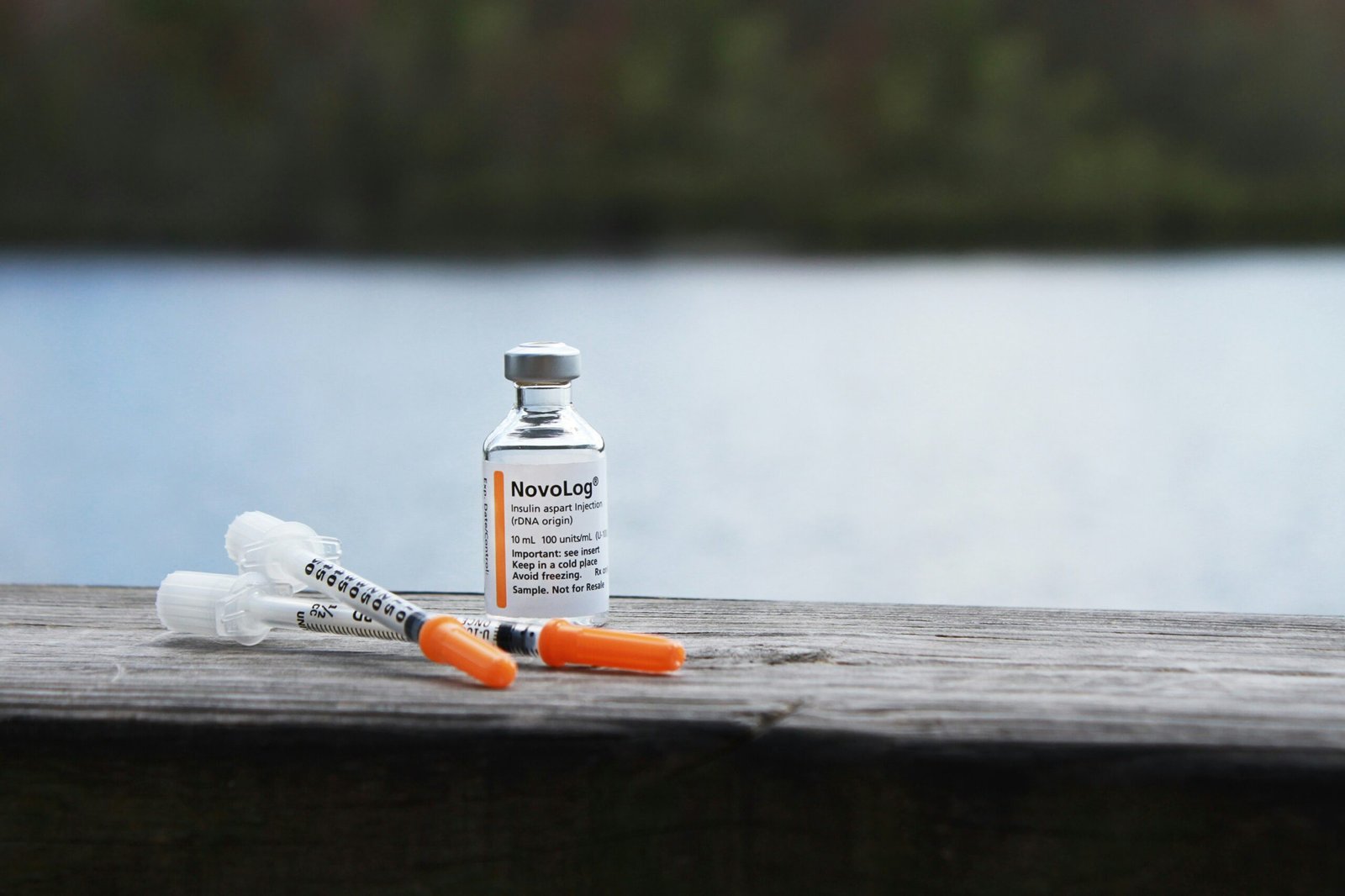“`html
Biolinq Secures $100M Funding for Innovative Type 2 Diabetes Glucose Sensor
Introduction
In a groundbreaking development for diabetes management, Biolinq has announced the successful raising of $100 million in funding. This significant investment will accelerate the development and commercialization of their intradermal glucose sensor, designed specifically for individuals with Type 2 Diabetes. This innovative technology promises to revolutionize how blood sugar levels are monitored, offering a less invasive, more accurate, and user-friendly alternative to traditional glucose monitoring systems.
The Need for Innovation in Diabetes Management
Diabetes is a global health crisis, with Type 2 Diabetes accounting for the majority of cases. Effective management of blood glucose levels is crucial for preventing complications such as heart disease, kidney failure, and neuropathy. Traditional glucose monitoring methods, including finger-prick tests, are often painful, inconvenient, and inconsistent. These drawbacks have spurred the demand for more advanced solutions that can provide continuous, real-time glucose monitoring without the hassle of frequent blood draws.
Key Challenges in Current Glucose Monitoring:
- Pain and Discomfort: Finger-prick tests can be painful and deter patients from regular monitoring.
- Inconvenience: The need for frequent testing disrupts daily activities.
- Inaccuracy: Variations in blood sugar levels can lead to inconsistent readings.
- Cost: The recurring expense of test strips and lancets can be burdensome.
Biolinq’s intradermal glucose sensor aims to address these challenges head-on, offering a less invasive and more accurate solution for continuous glucose monitoring.
Biolinq’s Innovative Intradermal Glucose Sensor
At the heart of Biolinq’s innovation is the intradermal glucose sensor, a cutting-edge device that monitors glucose levels just beneath the skin’s surface. Unlike traditional methods that require blood samples, this sensor uses micro-needle technology to measure glucose levels in the interstitial fluid, providing real-time data with minimal discomfort.
Key Features of the Intradermal Glucose Sensor:
- Micro-Needle Technology: Tiny needles penetrate the skin’s outer layer painlessly to access interstitial fluid.
- Continuous Monitoring: Provides real-time glucose readings, eliminating the need for frequent finger pricks.
- Compact Design: The sensor is small, discreet, and easy to wear, minimizing inconvenience.
- High Accuracy: Advanced algorithms ensure precise glucose level readings, aiding better diabetes management.
- User-Friendly Interface: Data is transmitted wirelessly to a smartphone app, offering easy access and analysis.
This innovative approach not only enhances the user experience but also provides actionable insights to help individuals with Type 2 Diabetes manage their condition more effectively.
The Impact of $100M Funding on Future Developments
The recent $100 million funding round marks a pivotal moment for Biolinq. This substantial investment will be directed toward several key areas, including research and development, clinical trials, and market expansion.
Breakdown of Funding Allocation:
- R&D: Accelerating the development of next-generation glucose sensors with enhanced features and capabilities.
- Clinical Trials: Expanding studies to validate the sensor’s efficacy and safety across diverse patient populations.
- Manufacturing: Scaling up production to meet anticipated demand upon commercial launch.
- Market Penetration: Expanding access to the technology globally, ensuring it reaches those who need it most.
This funding underscores the confidence of investors in Biolinq’s mission to transform diabetes care. With these resources, the company is poised to bring its innovative glucose sensor to market, potentially benefiting millions of individuals worldwide.
Potential Benefits for Type 2 Diabetes Patients
The introduction of Biolinq’s intradermal glucose sensor could have a profound impact on the lives of individuals with Type 2 Diabetes. By addressing the limitations of traditional glucose monitoring methods, this technology offers several potential benefits:
- Improved Quality of Life: Reduced pain and inconvenience make daily diabetes management less burdensome.
- Enhanced Control: Real-time glucose data empowers patients to make informed decisions about their diet, exercise, and medication.
- Prevention of Complications: Accurate and consistent monitoring helps prevent dangerous blood sugar fluctuations, reducing the risk of long-term complications.
- Cost-Effectiveness: The elimination of recurring expenses for test strips and lancets can lower the overall cost of diabetes management.
Moreover, the integration of this technology with smartphone apps and health platforms can enable better communication between patients and healthcare providers, fostering a more collaborative approach to diabetes care.
Competitive Landscape and Market Potential
The continuous glucose monitoring (CGM) market is rapidly evolving, with several players vying for dominance. Companies like Dexcom, Abbott, and Medtronic have established themselves as leaders in the field. However, Biolinq’s intradermal glucose sensor introduces a unique value proposition that could disrupt the market:
Competitive Advantages:
- Less Invasive: Micro-needle technology offers a pain-free alternative to traditional CGMs that require skin implantation.
- Compact and Discreet: The sensor’s design is more user-friendly and less obtrusive than existing devices.
- Cost-Effective: By eliminating the need for consumables, Biolinq’s solution could be more affordable in the long run.
With the global CGM market projected to reach $10 billion by 2025, Biolinq’s innovative approach positions the company to capture a significant share of this growing industry. The recent funding boost further strengthens their ability to compete with established players and drive widespread adoption of their technology.
Conclusion
Biolinq’s successful $100 million funding round marks a significant milestone in the fight against Type 2 Diabetes. Their innovative intradermal glucose sensor has the potential to transform diabetes management by offering a less invasive, more accurate, and user-friendly solution for continuous glucose monitoring. As the company moves forward with research, clinical trials, and market expansion, the future looks promising for both Biolinq and the millions of individuals who stand to benefit from this groundbreaking technology.
Stay tuned for updates as Biolinq continues to make strides in revolutionizing diabetes care, bringing hope and improved quality of life to patients around the world.
“`
